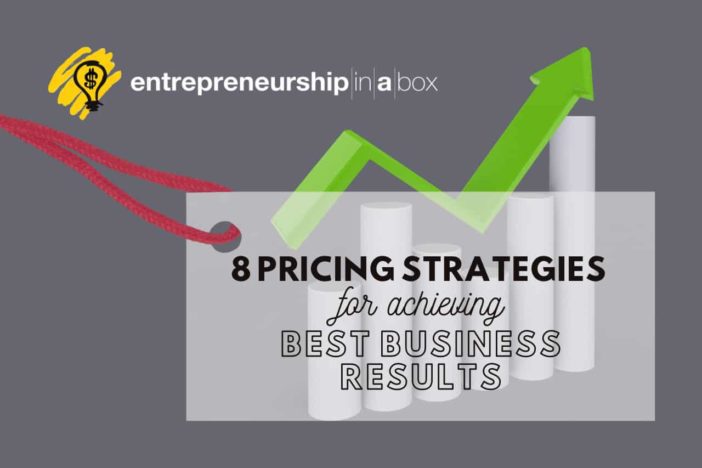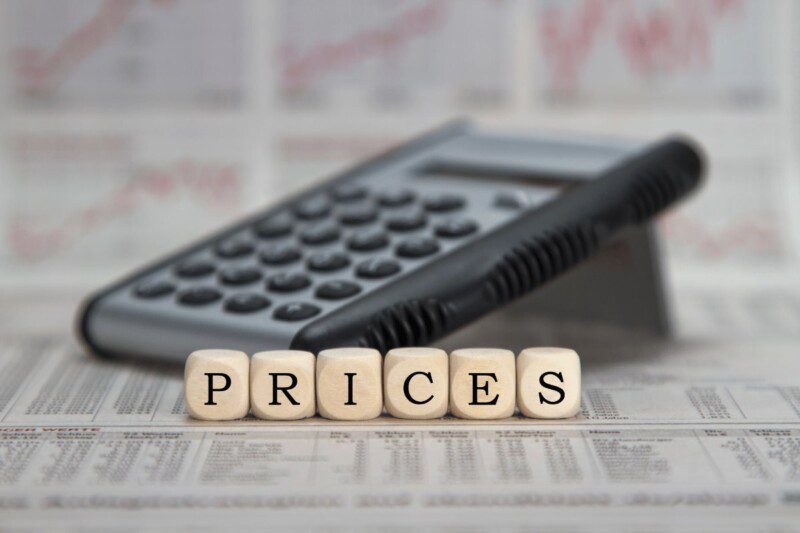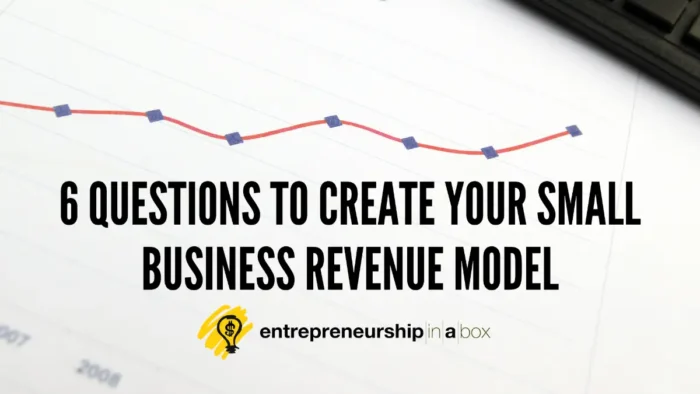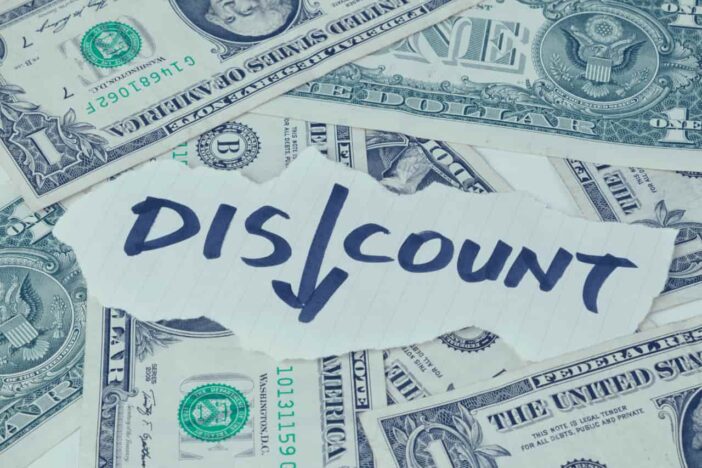The prices that you are using to sell your products and services are a business element that can have a really high business potential energy for your company. Choosing the right pricing strategies can have a large effect on the quantity of the business potential energy your company will have.
How Your Pricing Strategies Impact Your Business Potential Energy?
If you choose pricing strategies that bring lower prices, your business potential energy will decrease because prices have a direct impact on your cash flow. On the other side, cash is another business element that can bring business potential energy to your business. More cash means better business potential energy.
You must think about your pricing strategies and how they can impact your business’s potential energy.
For example, you can choose introductory prices in the startup stage, but later you can change them increasing the initial introductory prices. The most important thing for you as an entrepreneur is to choose the best combination of pricing strategies. In some cases, low introductory prices will give you a good starting point to increase the number of your customers. But, you need to be aware that when you increase prices, probably you will start losing some part of those customers.
How To Choose the Right Pricing Strategy?
My advice to you is before you choose one of the strategies explained below, as the first start with your pricing objectives. When you set up your pricing objectives, think about your average markup and industry average.
Next, when you determine your pricing objectives, you must think about a profit level that you want to achieve with a specific market share and sales volume that you have forecasted for your business.
8 Pricing Strategies From Which You Can Choose
Here are 8 different pricing strategies that you can choose for your business.
1. Introductory pricing strategy
This strategy means that you will set low prices in order to enter a new market for your company. This strategy usually is used by startup companies and companies that want to enter into a totally new market for them.
2. Skimming strategy
With this strategy, you will set up a higher initial price. After some period of time with this strategy, you will start slowly on a gradual level to decrease the initial high price. Usually, it is used by businesses that introduce unique high-tech products on the market. After some period of time when the competition will start to increase in such a market, these companies are in a position to use the cheaper level of prices.
3. Price lining strategy
With this strategy, you must group the products into different categories and then set up the same price for all items in each of the categories.
4. Odd-ending strategy
This strategy asks you to set prices with odd numbers such as $2.99, $3.99, and so on. It is also called psychological pricing strategy because in such a way the prices will have a psychological impact on the buyer’s decisions.
5. Loss leader strategy
This strategy means that you will be selling some items below costs in order to attract more customers and market share for your company. Once, when you achieve these objectives, the price will be increased to the normal price. This strategy in most cases is used in order to increase sales numbers of some specific types of products and services. Additionally, you can use this strategy to attract more customers and to increase your market share. Be careful with this strategy. When once you have decreased prices it is more difficult to increase them.
6. One price for all items
This pricing strategy means setting all products and services at the same price. For example, all products in the store for $5.00 is the price that comes from this strategy. For this purpose, you must find average costs and average markup and set all items for that one price.
7. Bundling as a pricing strategy
With this strategy, you will group different products and services together and sell them for less than the amount if each of them was purchased separately. With this strategy, you simply want to increase average sales volume from an average customer. It can be used periodically to increase your company’s sales volume.
8. Premium pricing strategy
This strategy means that you will set higher prices because of the uniqueness of your products or services. If your products or services are unique enough, you can set really high prices for them.





